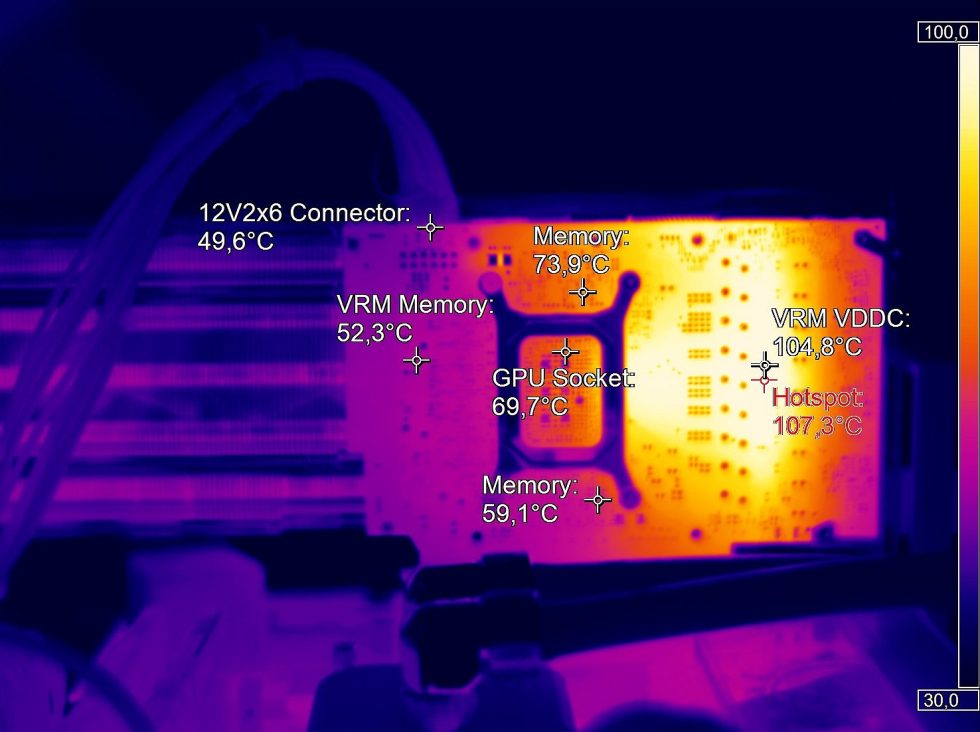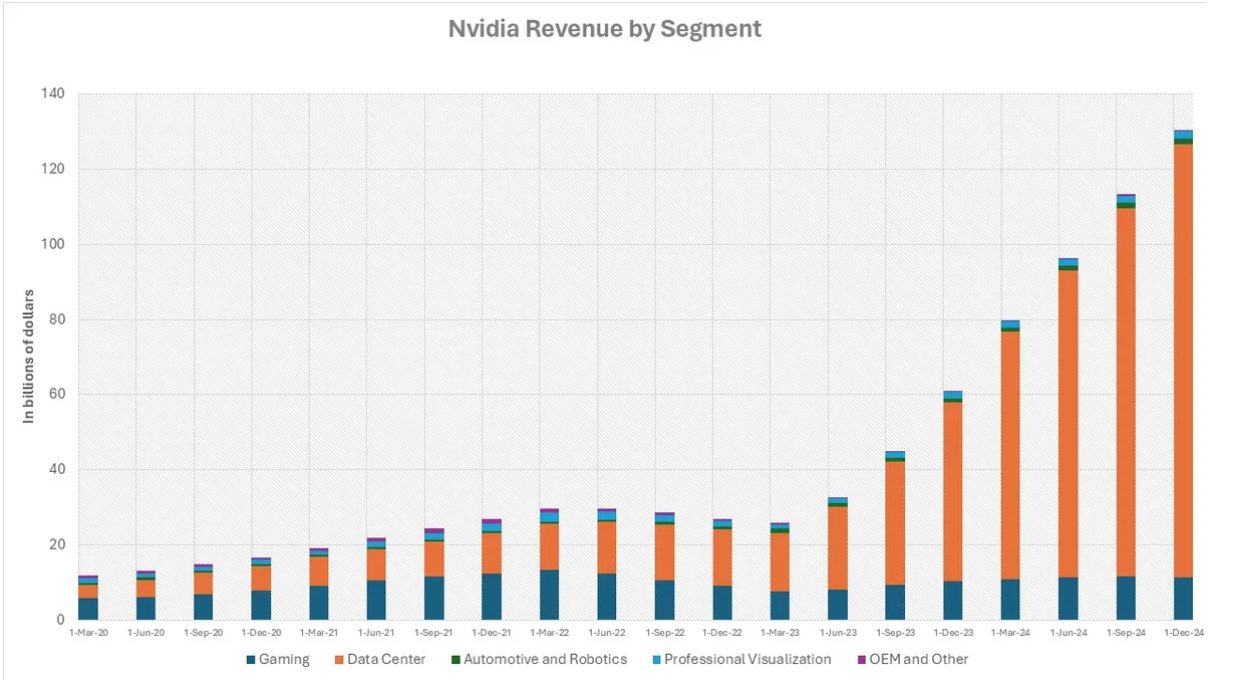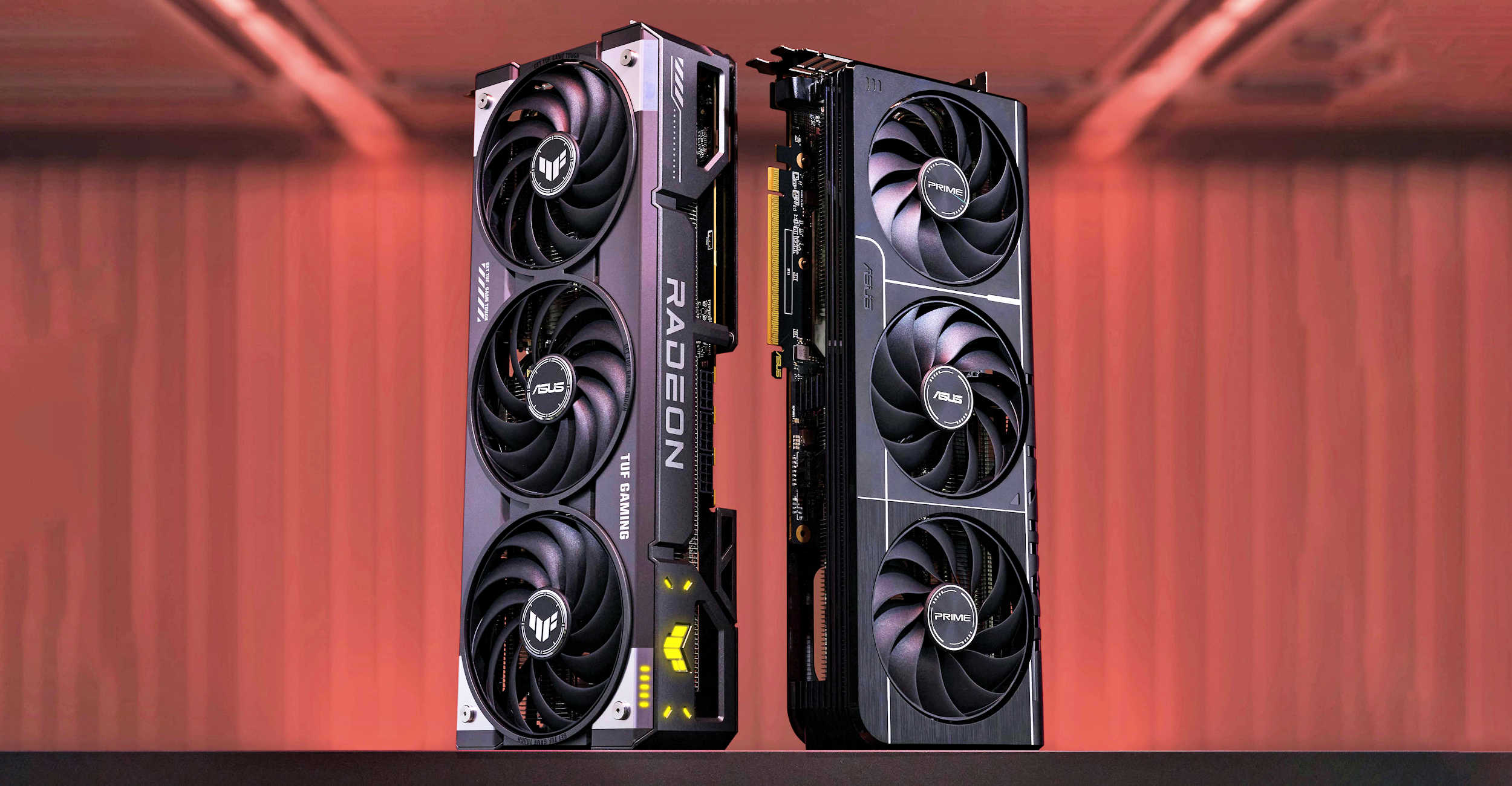- Nvidia has reduced European pricing for the RTX 50 Series by almost 10% due to the weakening USD.
- I still strongly advise people to avoid the RTX 50 GPUs for a myriad of reasons including stock shortages, gray market scalping, driver-induced BSODs and overheating PCBs.
- Instead, look towards the RX 9060 XT & RX 9070 XT if you’re looking for a new GPU with stellar value-for-money that’ll easily run any title in 1080p and 1440p at max settings.
Let’s be brutally honest for a moment: Nvidia’s RTX 50 Series launch has been a spectacular mess.
We’re talking about a rollout so plagued by problems—from inventory nightmares and crashing drivers to melting power connectors and outright review manipulation—that it feels less like a product launch and more like a cautionary tale.
So, when headlines started flashing that Nvidia was finally cutting prices in Europe, I’ll admit, I was intrigued.
Was this the course correction we’d been waiting for? A sign that the company was listening to its disillusioned gaming base?
After digging into the details, my conclusion is a resounding no.
This isn’t a goodwill gesture; it’s a currency-driven accounting adjustment that changes absolutely nothing about the fundamental flaws of the Blackwell lineup.
Here’s why, even at a discount, these GPUs still aren’t worth your hard-earned cash.
The “Why” Behind The Price Cuts: It’s Not About You
For starters, the U.S. dollar has significantly weakened against the Euro, largely due to the inflationary pressures exacerbated by Trump’s tariffs and export restrictions.
When the RTX 50 Series was announced in January 2025, the exchange rate was sitting at a robust €1 EUR = $1.04 USD.
Today, that same Euro will get you $1.16 USD—nearly 10% depreciation for the dollar.
To keep their European pricing aligned and prevent the RTX 50 Series from becoming even more prohibitively expensive, Nvidia had to adjust.
Therefore, the new MSRPs are simply a reflection of this new financial reality, not a strategic discount.
A Closer Look At The “Discounts”
Nvidia has quietly updated its store pages in Germany, France, Belgium, and Spain, with the rest of Europe expected to follow. The adjustments are specific to four models:
- RTX 5090: Now €2,099 (was €2,329)
- RTX 5080: Now €1,059 (was €1,169)
- RTX 5070: Now €589 (was €649)
- RTX 5050: Now €251 (was €269)
Notice anything?
The critically awkward middle children—the RTX 5070 Ti, RTX 5060 Ti, and RTX 5060—are conspicuously absent from this list, left to languish at their original MSRP.
Why? That’s because they’re the only three RTX 50 Series GPUs that are still the subject of somewhat positive demand.
The RTX 5090 & 5080: Scarcity And Staggering Value Gaps
Now, let’s talk about why these new prices don’t solve the core issues.
Starting at the top, the RTX 5090 remains a fantasy for most. Even if its MSRP has dropped on paper, finding one at that price is like finding a unicorn.
Scalpers still dominate the market, demanding prices far exceeding the old MSRP, let alone the new one.
Furthermore, the card’s reputation has been fragmented by reports of missing ROPs where Nvidia claims the average performance hit is 4%.
Even though Nvidia claims only less than 0.5% of GPUs are affected, paying a premium for this level of anxiety is simply not a good deal.
Then we have the RTX 5080. At a price point that typically hovers over $1,200, it exists in a value vacuum.
Its performance uplift over the next card down is utterly negated by its astronomical price.
For almost one-third the cost, you can get an RTX 5070 Ti, which delivers a stunningly capable 1440p and even 4K gaming experience.
The Mid-Range Muddle: Where AMD Eats Nvidia’s Lunch
This is where Nvidia’s position becomes truly untenable. The price-cut RTX 5070 is perhaps the most pointless card in the stack.
For just a few more bucks, you can step up to an AMD Radeon RX 9070 XT 16 GB which is now up to 24% and 37% faster than the RTX 5070 in 1440p and 4K gaming on average thanks to a miraculous driver update.

Unfortunately for Team Green, critically overheating hotspots in the RTX 5070 in particular were also discovered in April 2025 that threatened the GPU’s long-term performance and durability.
Not only that, the RX 9070 XT now even outperforms the more expensive RTX 5070 Ti by an average of 9% in 1440p gaming.
Let that sink in. AMD’s offering is now both faster and cheaper than its direct competitor.
The Low-End Disaster And The Review Debacle
At the bottom, the RTX 5050 was launched with a paltry 8 GB of previous-gen GDDR6 VRAM with lowered memory bandwidth.
Understandably, the RTX 5050 was immediately outsold by the AMD Radeon RX 9060 XT, especially the 16 GB variants.
It’s worth noting that Nvidia came under heavy fire for adopting anti-consumer practices by sending only 16 GB review units of the 5060 Series to cherry-picked reviewers on the condition that they’d test the GPUs as per Nvidia’s outlined parameters to artificially manipulate the results.
Needless to say, this lack of transparency is a massive red flag and destroys any trust in the product’s true capabilities.
The Big Picture: A Company That Has Moved On
When you step back and look at the entire RTX 50 Series launch—the scarcity, the scalping, the hardware flaws, the driver issues, the review manipulation—a clear pattern emerges.
This isn’t a series of unlucky mistakes. It’s the symptom of a company whose priorities have radically shifted.

The consumer graphics division feels like an afterthought, a legacy segment where they feel they can rest on their laurels and extract maximum revenue for minimal effort.
To sum it up, the RTX 50 Series, even on sale, is a testament to a corporation that has lost touch with the gamers who built its empire.
Don’t reward them with your money.
Thank you! Please share your positive feedback. 🔋
How could we improve this post? Please Help us. 😔
[Wiki Editor]
Ali Rashid Khan is an avid gamer, hardware enthusiast, photographer, and devoted litterateur with a period of experience spanning more than 14 years. Sporting a specialization with regards to the latest tech in flagship phones, gaming laptops, and top-of-the-line PCs, Ali is known for consistently presenting the most detailed objective perspective on all types of gaming products, ranging from the Best Motherboards, CPU Coolers, RAM kits, GPUs, and PSUs amongst numerous other peripherals. When he’s not busy writing, you’ll find Ali meddling with mechanical keyboards, indulging in vehicular racing, or professionally competing worldwide with fellow mind-sport athletes in Scrabble at an international level. Currently speaking, Ali has completed his A-Level GCEs with plans to go into either Allopathic Medicine or Business Studies, or who knows, perhaps a full-time dedicated technological journalist.
Get In Touch: alirashid@tech4gamers.com


 Threads
Threads



